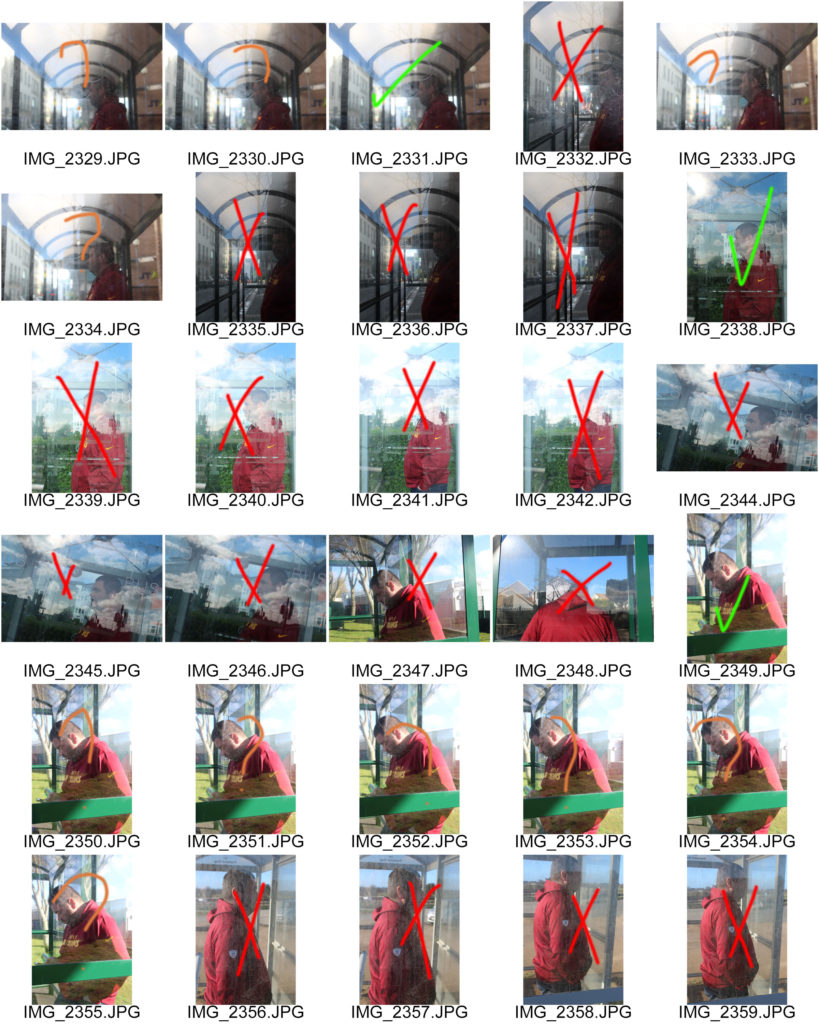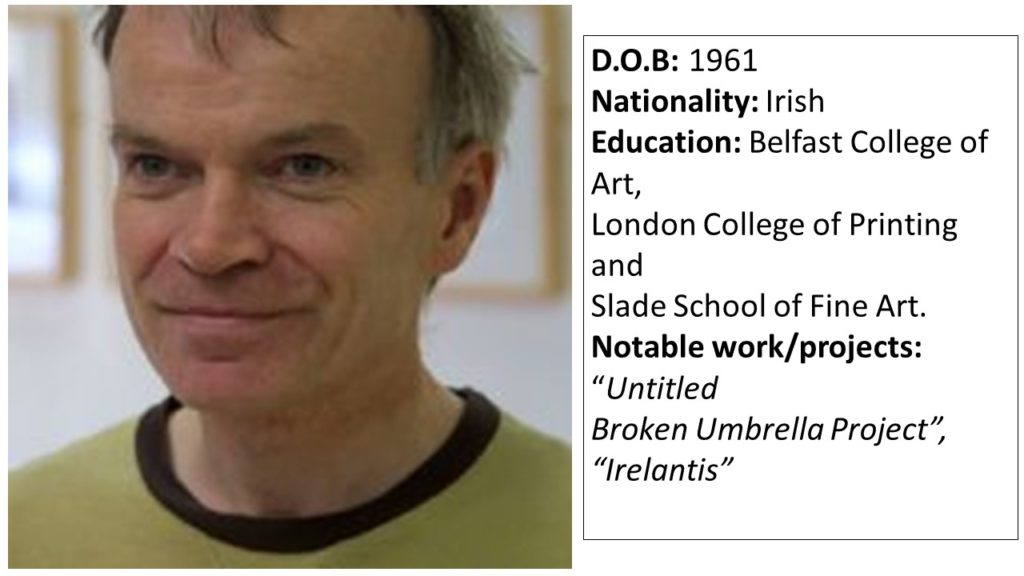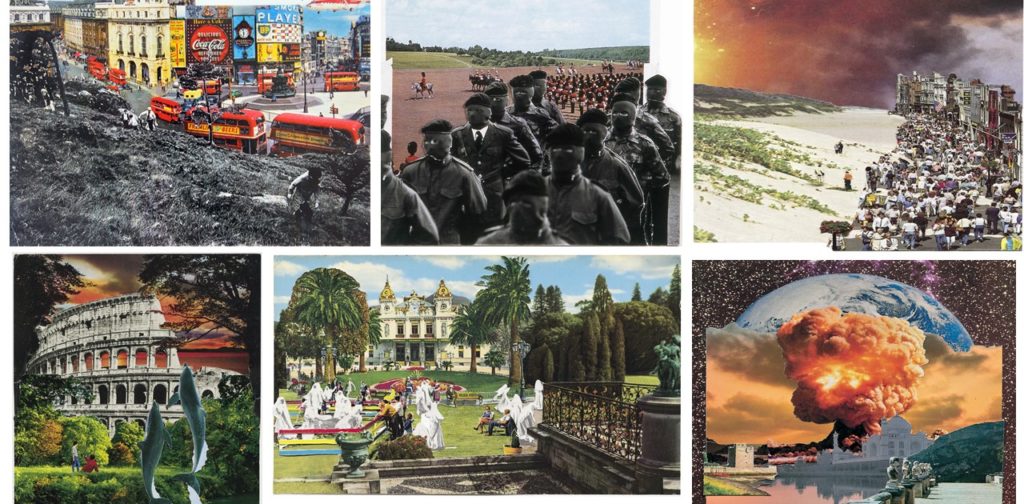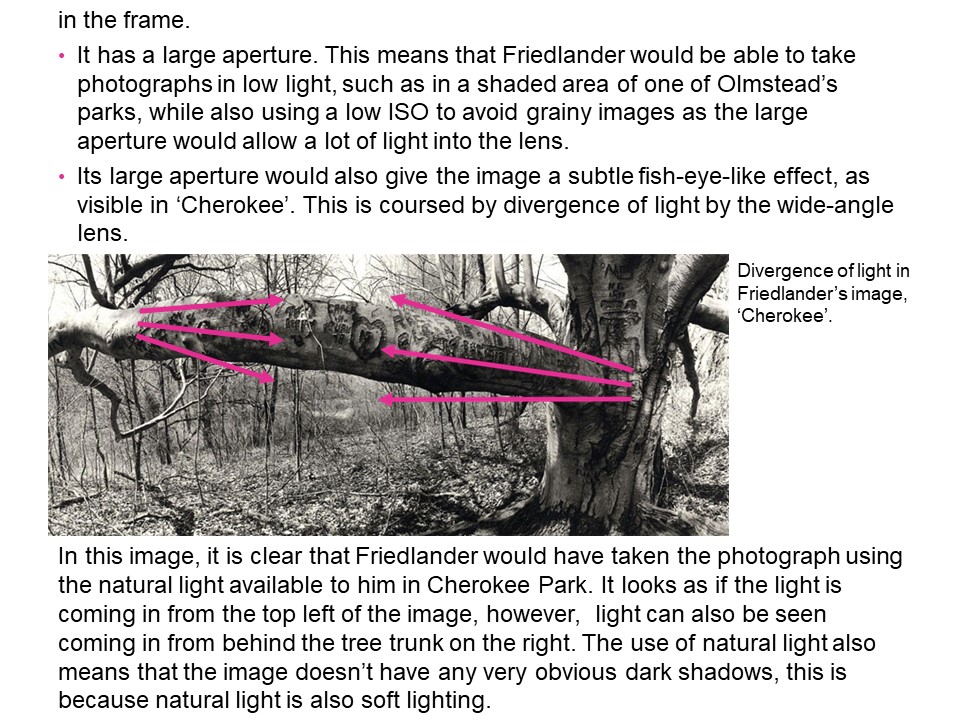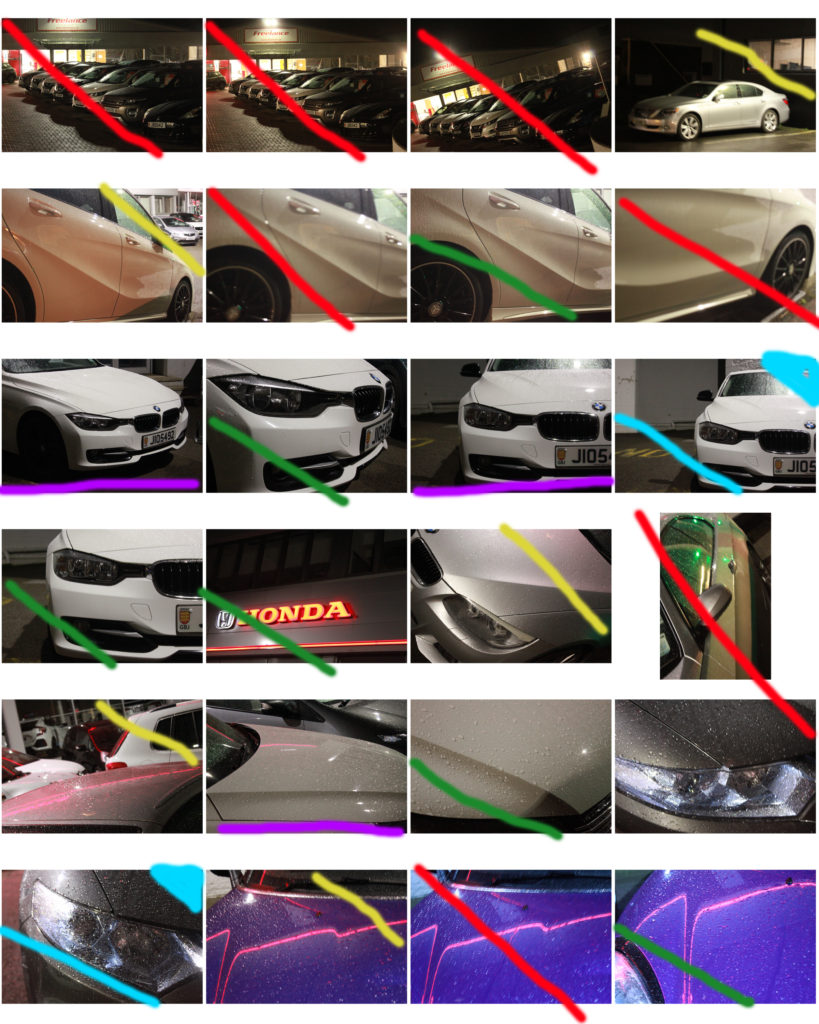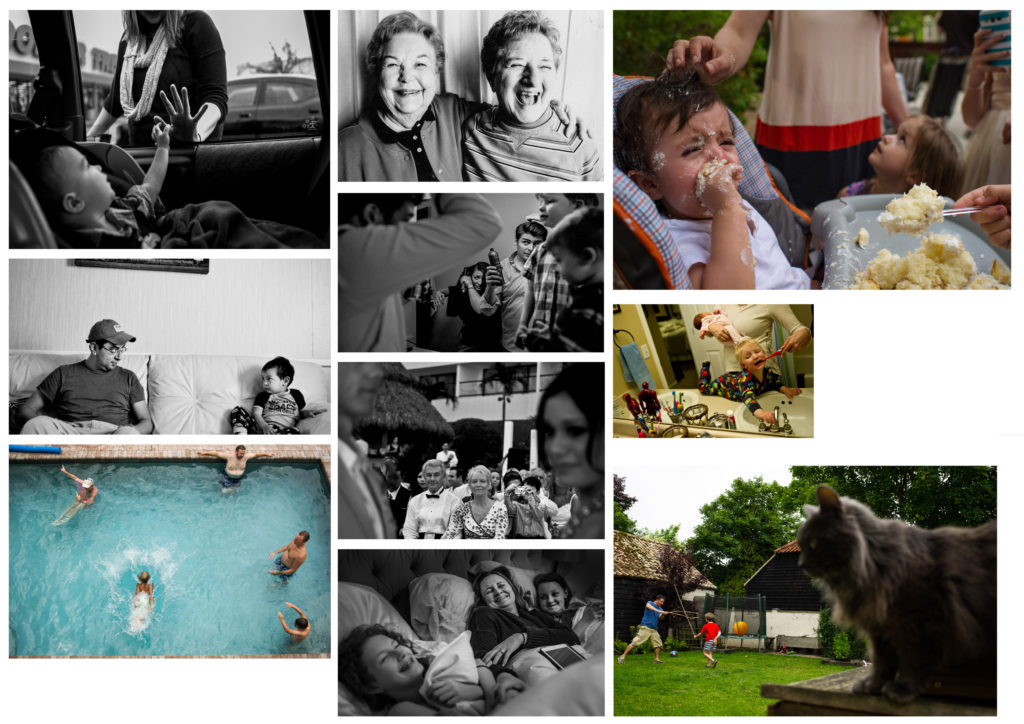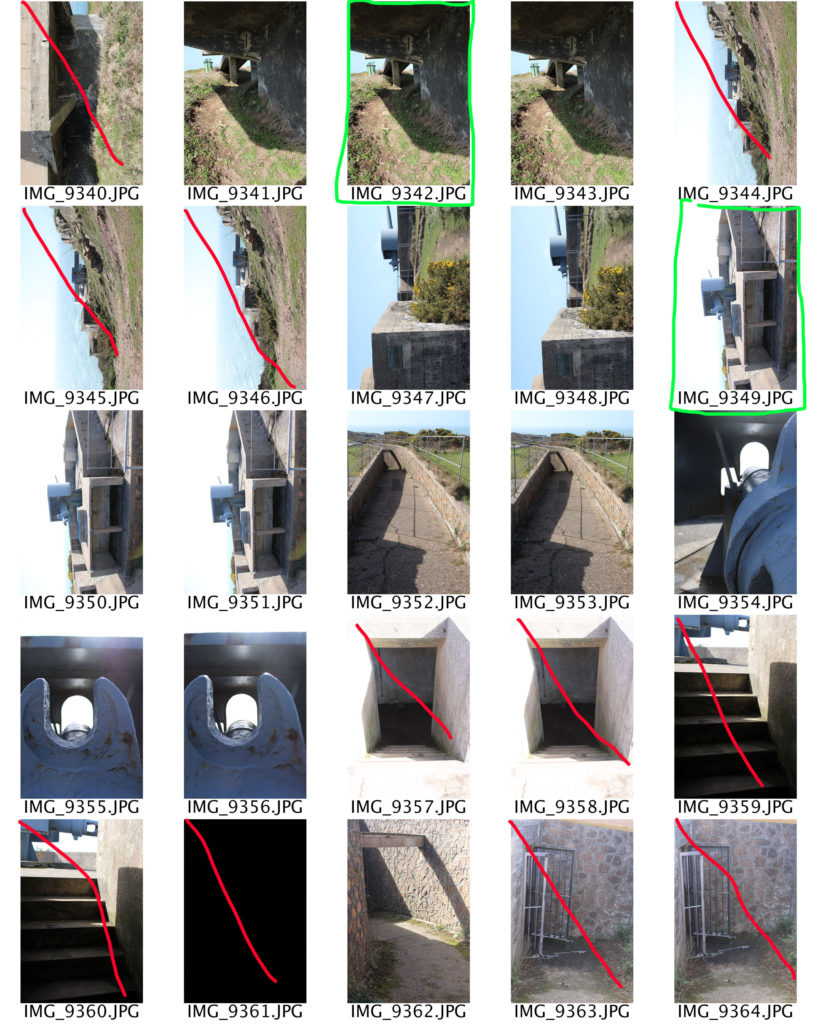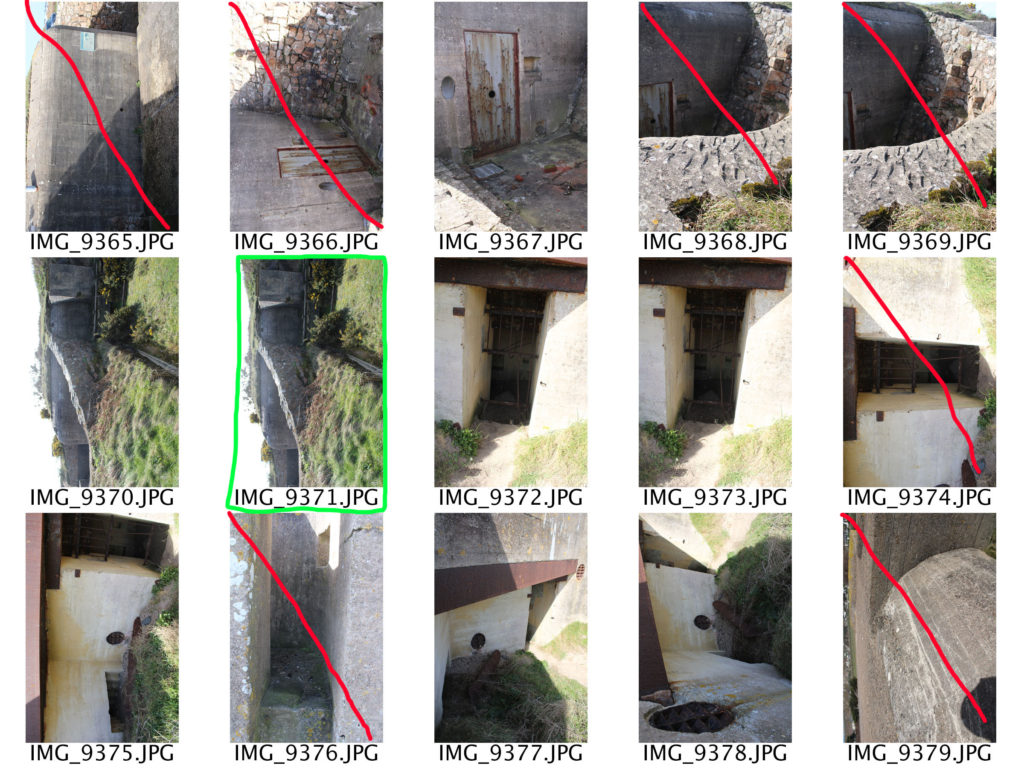Stephen Calcutt

“Reflecting the work of abstract artists and following in the footsteps of photographers such as Saul Leiter. Stephens unique form of street photography is a consequence of frequenting bus stops and shelters around the City of Birmingham. Graffiti can be great art, however for Stephen, the etched, scrawled and scratched graffiti into the Plexiglass windows of the bus stop feels like a violation. The graffiti etched and scrawled in the bus stop windows seem to be expressions of frustration or anger, hate and love written into the Plexiglass.
The windows full potential as a clear barrier between yourself and the elements are compromised when the view beyond is obscured, distorted and blurred by the scratches. The the graffiti etched window becomes a lens. Stephen merges the graffiti and the view beyond, focusing his camera on the etched lines. The view beyond is put out of focus. The graffiti and view are merged into a single plane. A new perspective is created, that retains and emphasises the energy of the graffiti. Its swirls, zigzags, lines and curves, slash across the abstracted view like paint strokes. At first glance, the photos may be mistaken for abstract paintings. Then closer inspection reveals they are in fact photographs.
The subject matter that is out of focus is also fairly mundane. Often when waiting for a bus the view is not particularly exciting. The human activity he prefers capture is not very dramatic. When combined with the mundane graffiti and the mundane view it adds to his desire to create a new image that ordinarily would be uninteresting or unnoticed. Even the title of each work is mundane, the descriptions of each photograph are very droll.
The way he uses the camera for this project is like painting with light. He breaks the rules for getting a traditional photograph. He puts the view that is usually the focal point out of focus. Stephen then focuses on what would normally be avoided. However, the resulting images are very dynamic and often vibrant. There is a metamorphosis, the mundane graffiti and the often-mundane view are merged into a fresh new image. There is an attraction to the paradox that his work invokes. Stephen makes unique beautiful images out of the vandalised bus stop windows.
Stephen loves the images he produces. However, he doesn’t condone the vandalising of the bus stop windows that provide the lens for his work. The Bus Stop series is a unique approach to photography. Bus Stop brings the current social issue of a specific form of vandalism to the fore. The art works are a product of modern vandalism. Vandalism that has found the Plexiglass windows of bus shelters an ideal medium to express feelings. Although Stephens work has so far been derived from the city of Birmingham it is an issue familiar to the many people of all ages who travel by bus in urban and rural settings across the UK. His photography challenges people to look at the issue vandalism. From the protagonists to the observers of their markings. It also challenges people to see the potential beauty in mundanity.” https://www.stephencalcutt.com/about-me-stephen-calcutt
Examples of his work:

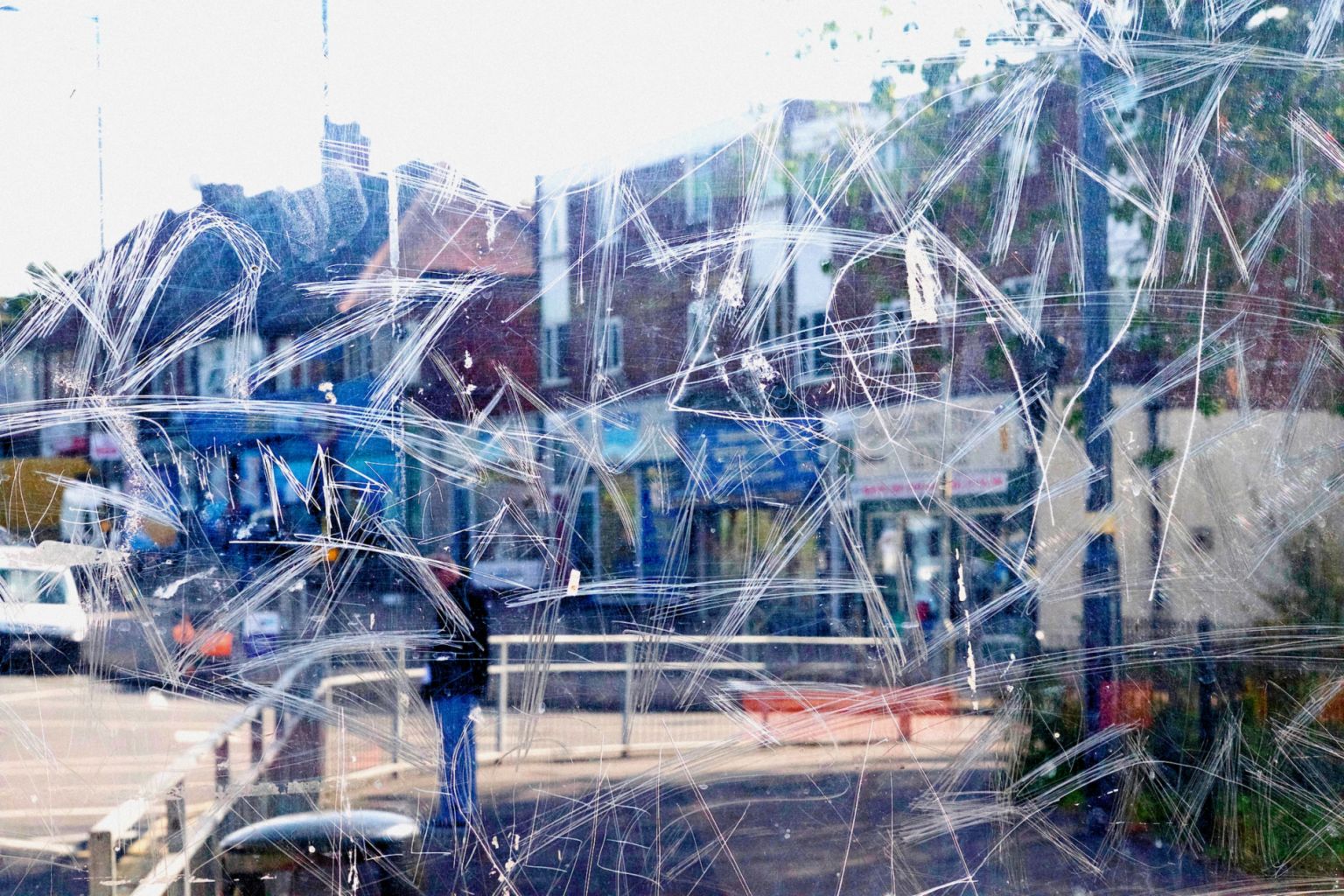

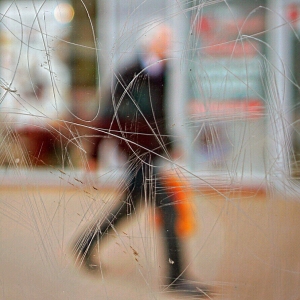

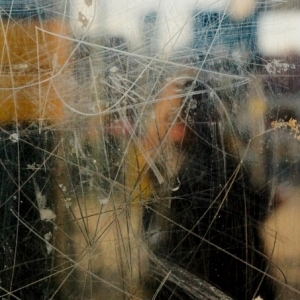
My Response:
I will be taking photos around jersey at a few different bus stops so I can capture Stephen’s style. I will be using my canon camera to take these photos. I am linking this to Journeys and Pathways by showing the physical journey of taking a bus to get to your desired location. My step dad was the model for this photo shoot because I did this on a Sunday so there wasn’t a lot of people at the bus stops.
Contact Sheets:
Red – No
Orange – Maybe
Green – Yes

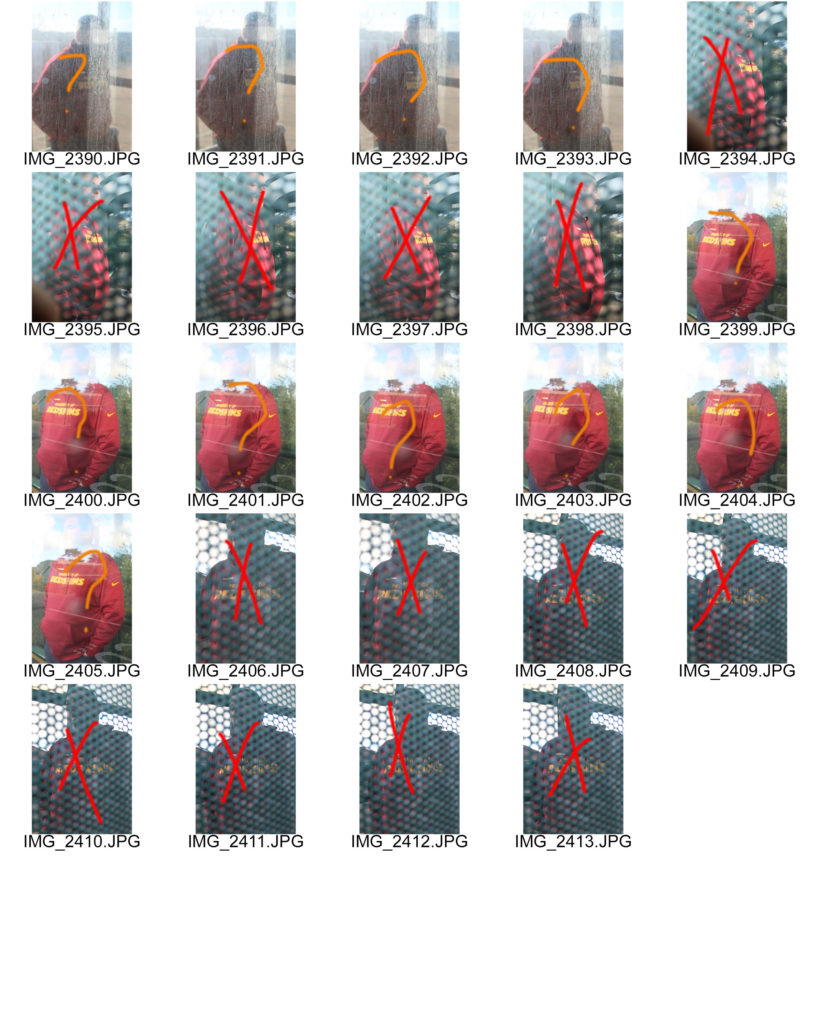
Final Images (Unedited):


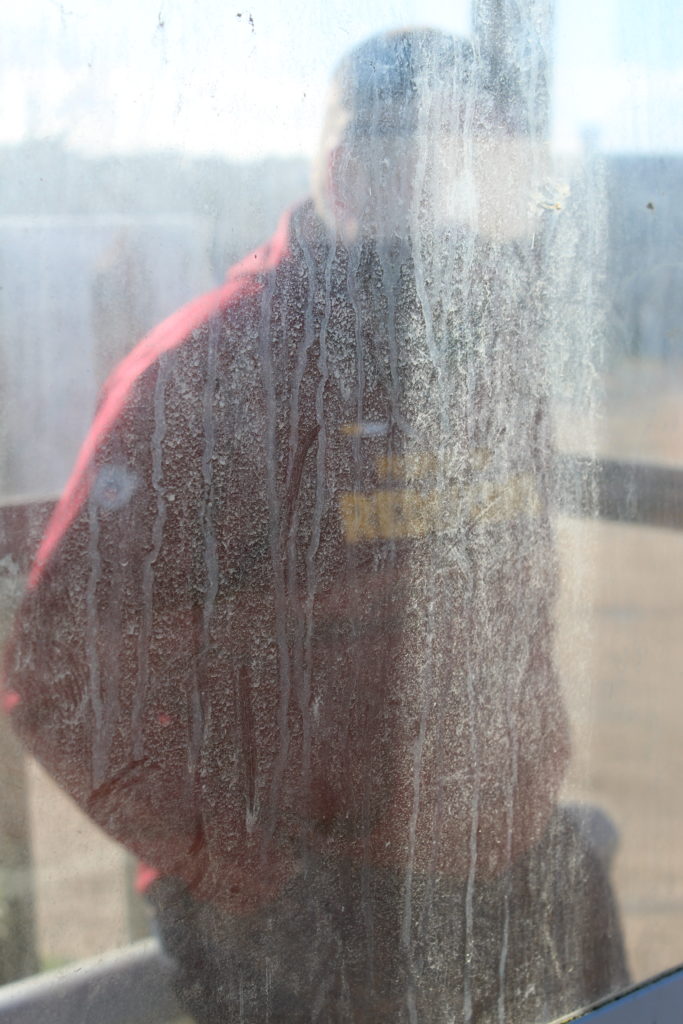
I liked these final images but they were a little over exposed and needed editing.
Final Images (Edited):
I used Photo Shop to edit these images.
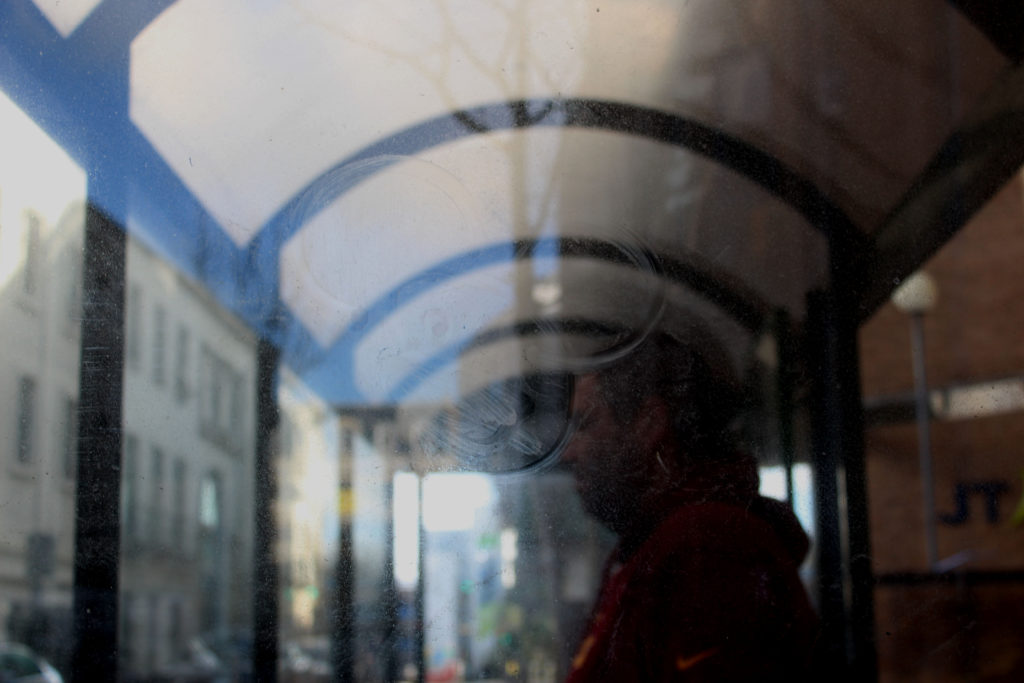
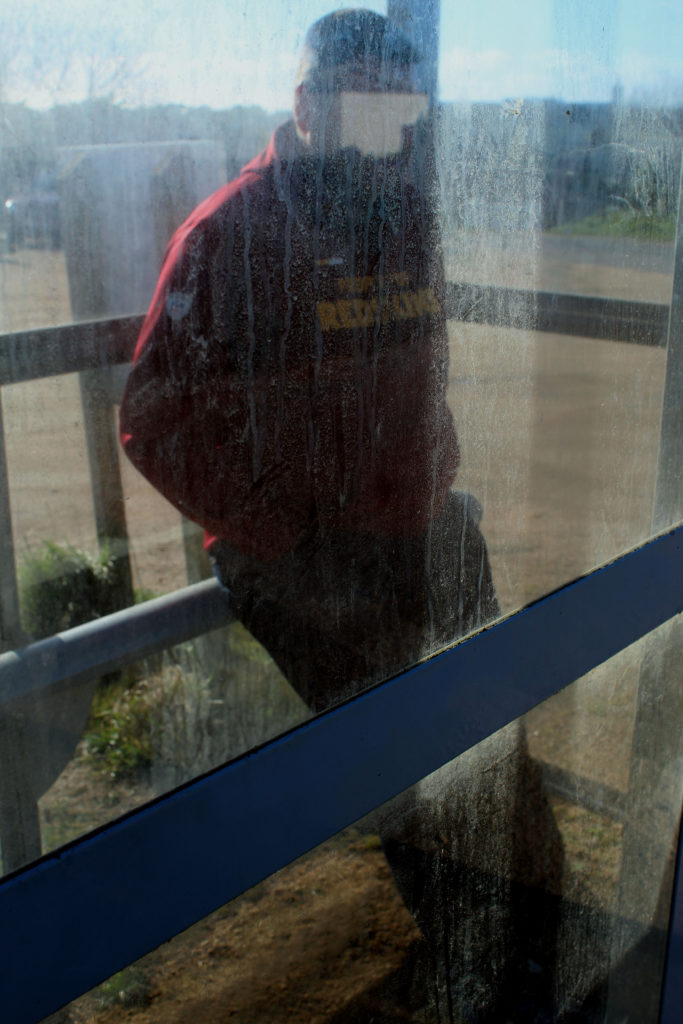

Overall, I am very happy with the outcomes of these edited photos. I think I capture Calcutt’s style really well, whilst still incorporating my style in the images.

